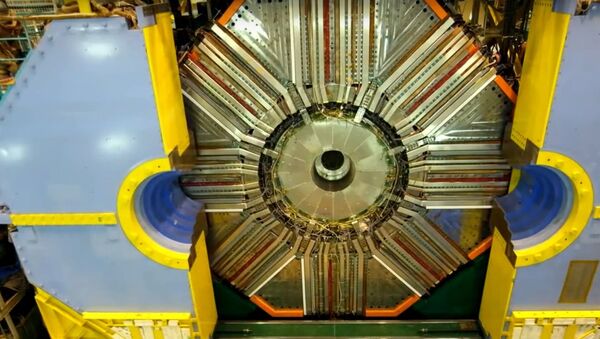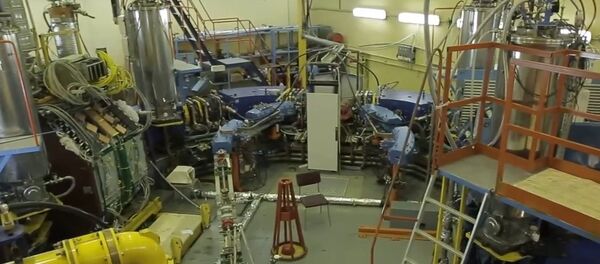"BINP has made a big contribution to the creation of the new collider’s accelerator complex. The institute designed and produced over 800 vacuum chambers with a total circumference of some 2km [1.2mi]," the statement reads.
Vacuum chambers are a key element in a particle collider. They guide racing positrons through the rings of the atom smasher, while vacuum prevents them from hitting air molecules.
BINP also played a "decisive role" in developing a 40-tonne electromagnetic calorimeter and software for SuperKEKB’s Belle II detector, a collaboration of over 20 nations, which will be used to observe the particles created during collisions and measure their energy.
The atom smasher will help scientists understand physics that goes beyond the Standard Model of Particle Physics by accelerating and colliding a record number of particles per second, 40 times the rate observed in its predecessors. This beam collision performance is called luminosity.
SuperKEKB test runs at the Tsukuba laboratory began on Tuesday, after five years of preparations. Particle collisions are reportedly set to start next year.


